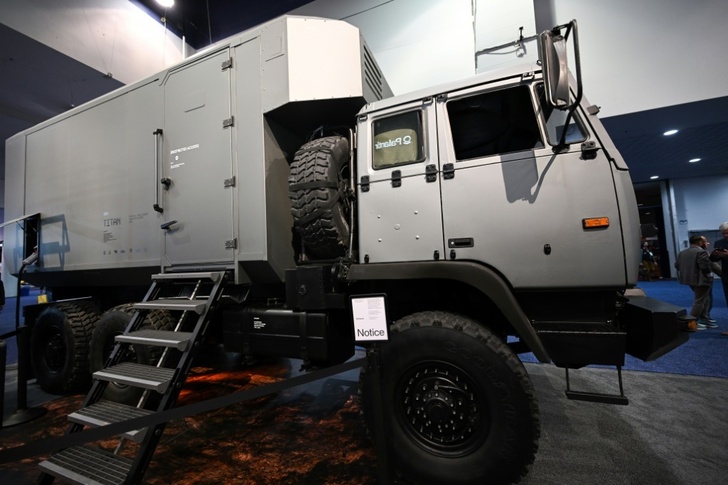The tanks and trench warfare in Ukraine may seem old-school, but US experts say the conflict has provided strategic insights into future possible conflicts from the Middle East to Taiwan.
They range from the mundane -- the need for bigger weapons stockpiles -- to the high-tech, with Ukraine a proving ground for artificial intelligence and robotic warfare.
- Artificial Intelligence -
Ukraine has been a test for "sensor fusion," triangulating diverse sources of information to create a fuller picture of the battlefield, said Stephen Biddle, a defense expert at Columbia University.
US firm Palantir has provided Kyiv with artificial intelligence-powered tools that sort through gigabytes of data to help commanders understand the war in real time: Russian troop movements, positions and targets.
- Autonomous drones -
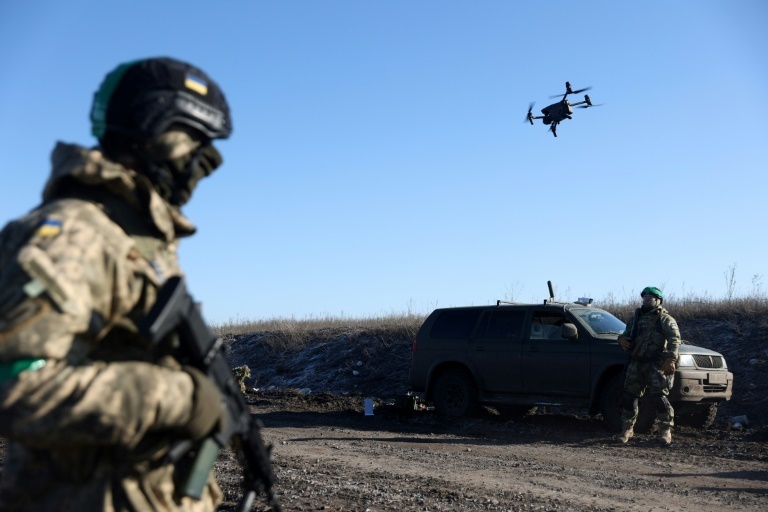
The next step: autonomous drones programmed to attack on their own, without a human making the final decisions.
Such "killer robots" have sparked fears that a war could be fought out of the control of generals and politicians.
But, to some degree, that future is already here: Ukrainians are using the US-made Switchblade loitering drone which has "object recognition" capability for choosing targets.
- Open-source intel -
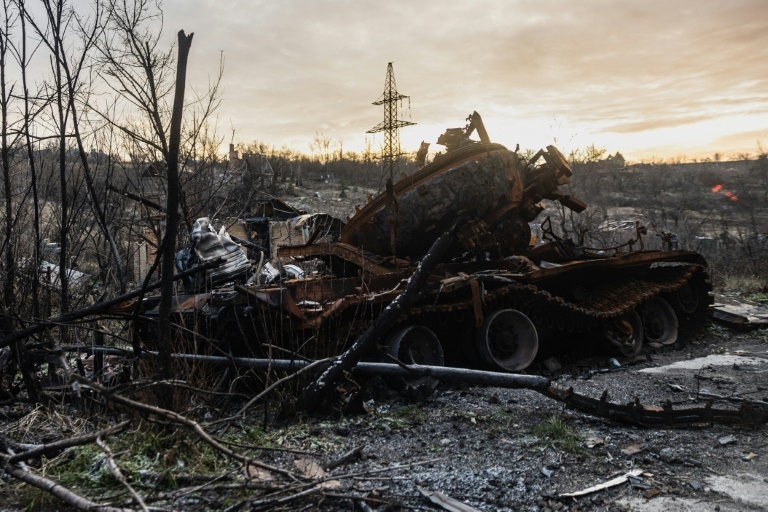
Intelligence and civilian activists on both sides have milked Telegram groups, commercial satellite photos, public weather and forest fire mapping, and TikTok videos for information on where troops are fighting, potential targets and behind-the-scenes politics.
Ukrainian intelligence has tapped in when Russian soldiers speak to families and friends on cellphones, grabbing location data and unit details.
Even before the war there were many indications of the impending invasion in open sources, said Candace Rondeaux at the New America think tank.
"I don't know that the United States or its allies have really begun to grapple with that ... Some of it is literally looking at social media platforms," she said.
- Air defense -
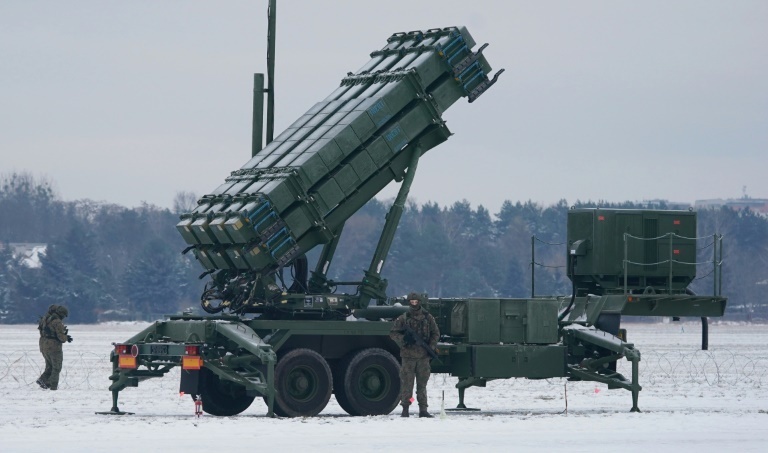
The reason is air defense: the ability of ground-based missiles to take down attacks from the air.
A conflict in the Middle East could take place more in the air -- fighter jets, bombers and missiles -- than on the ground.
Ukraine has demonstrated that countries need far more air defense batteries in stockpile. That is a challenge, when coveted US Patriot batteries go for more than $1 billion.
Biddle said militaries will need "expensive weapons to shoot down expensive airplanes and cheap weapons to shoot down cheap airplanes."
- Arms: more of everything -
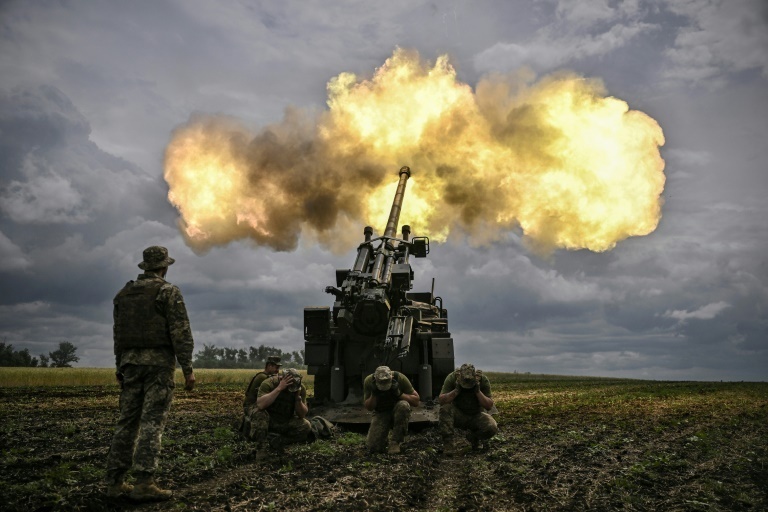
Western stockpiles of everything are down, from small ammunition to high-end precision munitions and air defense. Ukraine's allies are straining to catch up with demand.
Becca Wasser at the Center for a New American Security said a recent war-game exercise over a Chinese invasion of Taiwan showed a "pretty daunting" pace of munitions use.
And like Ukraine, she said, "We shouldn't assume that a US-China conflict over Taiwan would be swift."
Rondeaux said the United States needs to share technology and help NATO allies develop coordinated production.
- Decentralized command -
Ukraine's flexible, decentralized command practices have proven a powerful advantage over the Russians on the battlefield.
Biddle said that has reiterated a lesson clear since World War I.
"Rigid, centralized command and control Russian-style has been a bad idea for a long time," he said.
The problem is that a number of US allies in NATO are still highly centralized as well, and changing that is difficult.
"It's very, very hard to do successfully," he admitted.
- Fighting spirit -
Wasser noted that Ukraine only developed a modern, professional armed force after being embarrassed by Russia's easy takeover of Crimea in 2014.
The Taiwan military needs better training now, she said.
"We want to make it so that they don't have to learn that lesson the hard way," she said.
Biddle said Ukraine offers another important lesson. At the beginning of Russia's invasion, leaders in Moscow and the West had doubts Ukrainians would strongly defend their country.
"Combat motivation is enormously important," Biddle said.
"Whether or not the Taiwanese military would be as motivated as the Ukrainian military is a very important issue."
pmh/bgs/leg
© Agence France-Presse
Your content is great. However, if any of the content contained herein violates any rights of yours, including those of copyright, please contact us immediately by e-mail at media[@]kissrpr.com.
Source: Story.KISSPR.com

